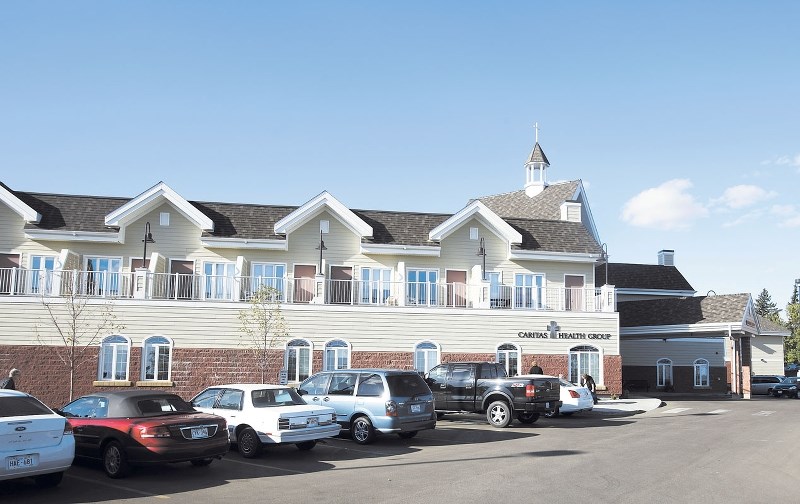St. Albert is a city of more than 60,000 people and nearly 20,000 more live in Sturgeon County yet there’s still only one hospice bed to serve that entire population.
Representatives from the St. Albert and Sturgeon Hospice Association (or SASHA) said there is a wealth of support from all stakeholders, including front line health care attendants, administrators of facilities, and government. All that’s needed is a green light.
“We’ve done what we can do at this point,” stated SASHA committee member Jill Burt. “We feel that there isn’t a lot more that we can do until the government takes action to announce funding for these beds and the repurposing of an existing facility in St. Albert. We need the public to talk to their MLA.”
The organization has even received its charitable status and is ready to fundraise toward the goal. Funding had already been promised by the province, Rev. Garry Engler indicated, but we live in a fickle economy, which seems to keep funding on a quick-release lever.
“There was some commitment from the government that we were going to get at least 10 palliative beds, but then the oil price thing happened. The government said, ‘We’re having to look at everything again. We can’t make any promises.’ We were told that Alberta Health sees the value. It frees up acute care beds (in hospitals).”
Alberta Health has established a benchmark that indicates there should be 7.7 palliative beds per 100,000 population, Engler continued. That means that there should be at least six beds for the St. Albert and Sturgeon service area, but even the metro Edmonton area is lacking, with only 64 beds for a combined population of close to 1.2 million, and only one of those beds is north of Norwood, in this city’s Youville Home. Calgary, in contrast, has more than 100 beds for its 1.1 million residents.
That one Youville bed means that the vast majority of hospice patients end up in acute care beds at the Sturgeon Hospital. Engler indicated that such beds cost about $1,500 per day, while palliative beds are much lower. It’s just the upfront cost of establishing the facility that is daunting.
“It’s like solar panels: it won’t take long ‘til you break even and it starts paying for itself. In a crunch, you have to put up the initial cost.”
The Canadian Hospice Palliative Care Association’s National Fact Sheet (available at www.chpca.net) indicates that hospital-based palliative care reduces the cost of end-of-life care by 50 per cent or more, “primarily by reducing the number of ICU admissions, diagnostic testing, interventional procedures and overall hospital length of stay.”
“A palliative care bed costs much less than an acute care bed in a hospital. We all see the backlog in emergency rooms. If we had palliative care beds it would free up some of those acute care beds,” Burt said.
“We don’t have any palliative care beds in our hospital,” Engler continued, “but we have a lot of palliative patients.”
There was initial talk of creating a new dedicated building for hospice care but SASHA is focusing more on efforts to work with existing facilities, which could potentially expedite the process and also save millions of dollars if done right.
SASHA can also demonstrate public support. The organization recently collected approximately 2,500 signatures from the community, all recognizing the need and supporting the opening of more hospice beds.
Burt said that it’s tough watching people in need of hospice who can’t access it.
“It’s a bit of a frustrating time for us as we just sit here and wait. Every day that we wait, there are people dying in palliative care in the hospital.”
Engler suggested that the public’s voice just needs to reach a critical mass so the government realizes the problem can no longer be ignored.
“The public knows this is a huge need and we need to keep talking to the powers that be,” he added. “The more voices, the better.”




